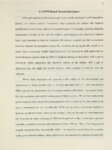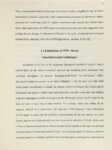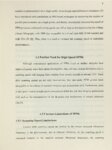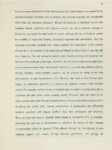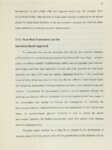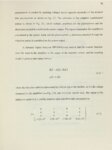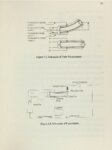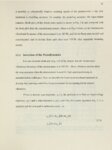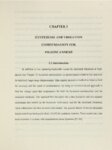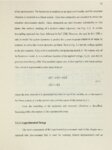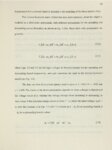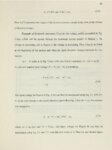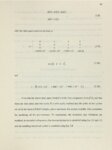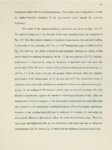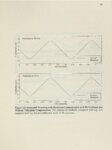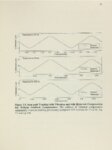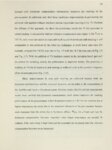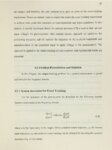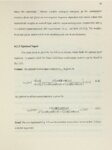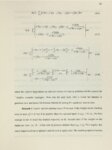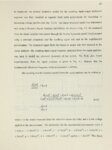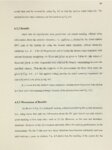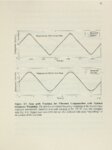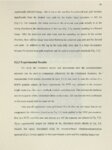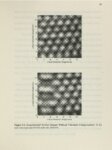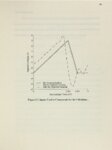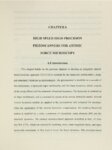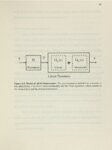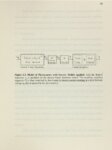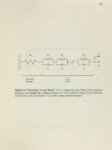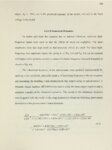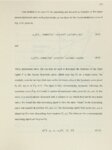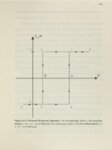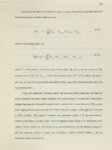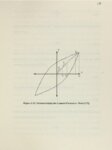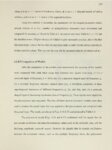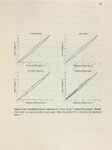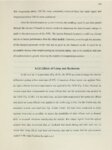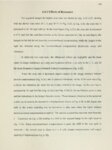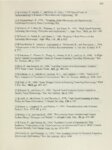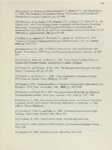| Description |
Scanning Probe Microscopes (SPM) have become well established as surface analysis tools in industry and research institutions since their inception in the 1980s. However, in addition to their use as surface imaging tools, their potential for other micro/nano-technologies is now being exploited. For instance, SPMs have demonstrated their use in nanometer scale surface modifications (nanolithography), high density data storage, and real-time imaging of surface processes. However, a critical problem of current SPM techniques is that they suffer from through-put limitations, which are present in all serial processing techniques, i.e., the SPM probe must visit each point where the surface analysis or modification is performed. A major limitation to increasing the speed of SPMs is that high-scanning speeds induce structural vibrations in the piezoscanners, which are used for positioning, thus limiting the bandwidth of the SPM. In addition, hysteresis nonlinearities and piezoelectric creep in the piezoscanners can further reduce the precision of these devices. This work develops a method to account for these limitations and achieve high-speed high-precision scanning of SPM piezoscanners. The dynamics of the piezoscanners are decoupled into two subsystems, a hysteresis input nonlinearity and the linear dynamics, which consist of the structural dynamics as well as the creep effects. An inversion-based method is then used to determine feed-forward inputs to the piezoscanners that compensate for these effects. This inversion-based method is verified with an experimental piezoscanner positioning system, as well as two SPMs, a scanning tunneling microscope and an atomic force microscope. High-speed high-precision scanning is achieved in these devices demonstrating that limitations due to slow scanning speed and loss of precision can be overcome. |















